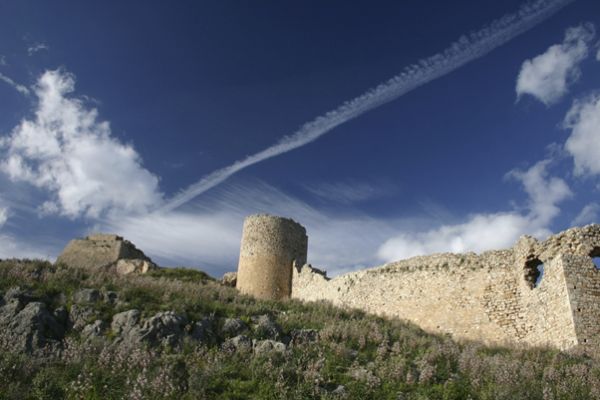There is a lot that we can learn from history and historical structures. The human race has always been adept at constructing sustainable structures above and beneath the ground. Subterranean structures of the ancient times are as important in the history of architectural evolution as the structures erected above the grounds. They can tell us a lot about the ancient civilizations and enrich our understanding about the progress of humankind. If you are an ardent traveler then you must visit some of the best subterranean structures constructed by man. In the following, you will find out all about the best subterranean structures in the whole world.

The Basilica Cistern, Istanbul, Turkey:
If you think that the Basilica Cistern located in Istanbul, Turkey is just another underground water reservoir then you will make a big mistake. In the third and fourth centuries, this cistern was actually a very huge subterranean temple cleverly made by skillful architects. Surrounded by flower gardens, the beautiful temple got destroyed in a sudden fire. Emperor Justinian made 7,000 artisans and slaves build the temple once again just as it used to be. The Basilica cistern is also known as the Sunken Palace. You have to reach the interior of this cistern with the help of the ancient stone steps. The cistern has 336 giant marble pillars each of which is 30 ft tall and decorated beautifully.

Tomb of Seti I, Abydos, Egypt:
The Tomb of Seti I as it is the deepest and longest tomb found in the famous Valley of Kings region in Egypt. The reliefs, paintings and beautiful decorations will surely surprise you. This tomb is the very first one decorated in such a unique way. One of the most attractive parts of this tomb is the column, which depicts the goddess Hathor with Seti I. Despite of its amazing beauty, it was closed to public visits. This measure was taken to keep this subterranean structure safe from excessive exposure.

The Mithraeum at the Baths of Caracalla, Rome, Italy:
A part of the Roman civilization turned to the Persian goddess Mithra and formed a cult called Mithraic. Soon they started a new religious movement. They needed a safe place for their religious practices. The Mithraeum is a subterranean praying ground of the Mithraic cult. In 1912, archeologists found the biggest of all the Mithraeums during their excavation activities. This praying ground is an approximate 2,475 sq ft in size. The artworks and decorations were demolished due to the ravages of time but one thing remained. It is a hole named the fossa sanguinis. The new members of this religious cult used to be put inside the hole and baptized with the help of Ox blood.

Mausoleum of Qin Shi Huang, China:
This one is a 2,200 years old tomb of the Chinese emperor Qin Shi Huang. The terracotta made armies in the southern and northern parts of the mausoleum makes it most special. This mausoleum has four distinct layers and a big underground palace surrounded by many other structures and buildings. It is actually a city, which has an outer and an inner part. Some 7,000 workers toiled for 38 years to build it.

Qanat Firaun, Jordan:
Qanat Firaun is a famous aqueduct that was built to supply water to Roman cities like Gadara, Abila and Adraa. The vertical shafts were constructed at a gap of 20 meters to 200 meters and they were all connected through tunnels. Built by more than one hundred miners, it took those expert miners around 120 years to finish the construction.
Summary:
Subterranean structures help us understand the architectural skills of the ancient builders. They tell us a lot about the evolution of human race and impart ancient knowledge to us.


